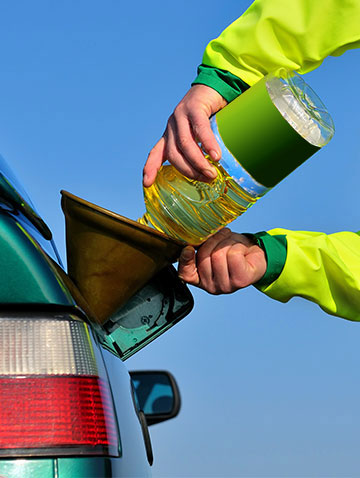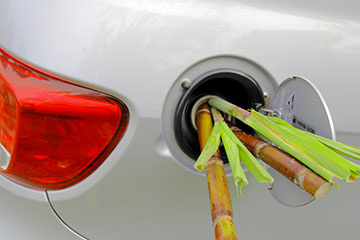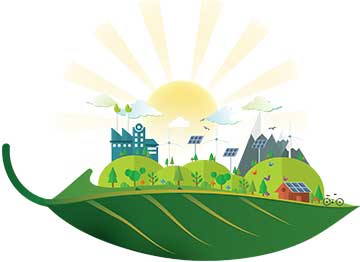Towards ethanol and spirit
Ethanol, a by-product of the sugar industry, is a good oxygenate and, when used as a blend with motor spirit, substantially reduces vehicular emissions and the resultant pollution. With the increasing demand for this by-product, we are looking at ethanol production as one of the major thrust areas for future. Our 30 KL per day of industrial alcohol unit had commenced production in February 2005. We have set up a state of arc 100 KLPD distillery for maximum utilization of it’s by product Molasses. We have also started manufacturing of sanitizer from its product spirit. We have enhanced capacity of existing 30 KLPD plant to 40 KLPD plant. The same was required for optimum utilization of levy molasses which is otherwise being sold to distillery unit at throwing price. We have also commissioned another distillery plant of 175 KLPD capcity in its DD unit in June 2022 and commenced commercial production on the 6 th July 2022. The distillery has state-of-the-arc technology with a zero liquid discharge facility.
In the financial year 2024-25, we generated revenue of ₹ 380.66 crores through this business. In the financial year 2024-25, the company had produced and sold ethanol to get the maximum benefit from its distillery plant. Company has used B heavy molasses and sugar syrup for production of ethanol to enrich its bottom line.
Ethanol is one of the additives in petrol. The mixing of ethanol with petrol has been made mandatory in almost all states of India. Ethanol is set to become a stable revenue stream for the sugar industry because the global trend of using greater percentage of ethanol in petroleum will catch up in India. Government has resolved to meet the target of 20% ethanol blending in petrol by 2025. Earlier the resolve was to achieve the target by 2030 which is now preponed by 5 years.
The molasses is diluted with water at desired brix, nutrients and yeast culture is added, the yeast cells convert the available sugar in to ethyl alcohol and carbon dioxide gas the available ethyl alcohol is separated and concentrated by distillation plant.
The ethyl alcohol having concentration 99.5% To 100% v/v called as ethanol or absolute alcohol or anhydrous alcohol or power alcohol.
The ethyl alcohol having concentration 93.0 To 95% v/v called as rectified spirit.


